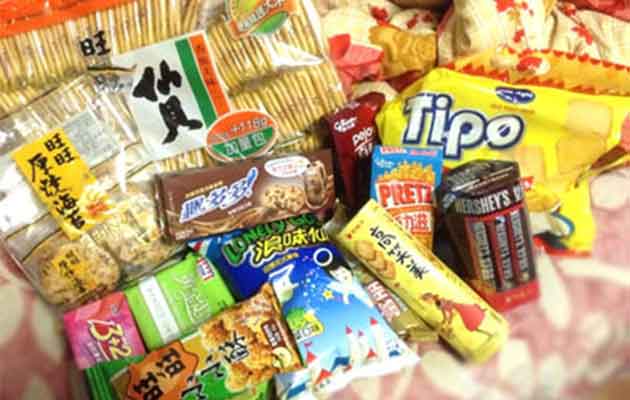Three functions of food packing
 1. To protect a product from damage or contamination by micro-organisms and air, moisture and toxins. The product must be protected against being dropped, crushed, and the vibration it suffers during transport. Delicate products such as fruits need to be protected by a rigid package such as a laminated container. The product most also be protected against the climate including high temperatures, humidity, light and gases in the air. It must also be protected against micro-organisms, chemicals, soil and insects.
1. To protect a product from damage or contamination by micro-organisms and air, moisture and toxins. The product must be protected against being dropped, crushed, and the vibration it suffers during transport. Delicate products such as fruits need to be protected by a rigid package such as a laminated container. The product most also be protected against the climate including high temperatures, humidity, light and gases in the air. It must also be protected against micro-organisms, chemicals, soil and insects.
2. To keep the product together, to contain it (i.e. So that it does not spill).
Some shapes cannot be easily packaged, for example, certain vegetables. However, there are methods of getting around this problem. Suppliers of canned vegetables such as carrots have developed a particular type of plant that yields carrots that are straight and smaller than the normal variety. These fit into cans. Some products such as fruit juices and sausages need to be contained in packages that hold them together and are sealed to prevent spillage and loss.
3. To identify the product.
Packaging is the main way products are advertised and identified. To the manufacturer the package clearly identifies the product inside and it is usually the package that the customer recognises when shopping.
Advertising is very important when a manufacturer launches a new or existing product. The package, through its colour scheme or logo, is what is normally identified by the customer.
The package will also contain important information including ingredients and "sell by date".

